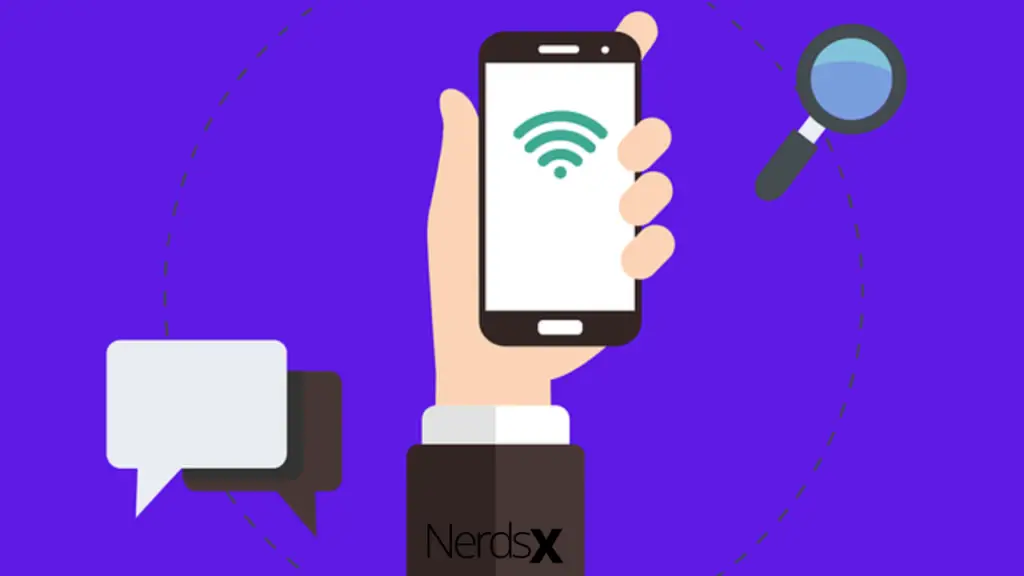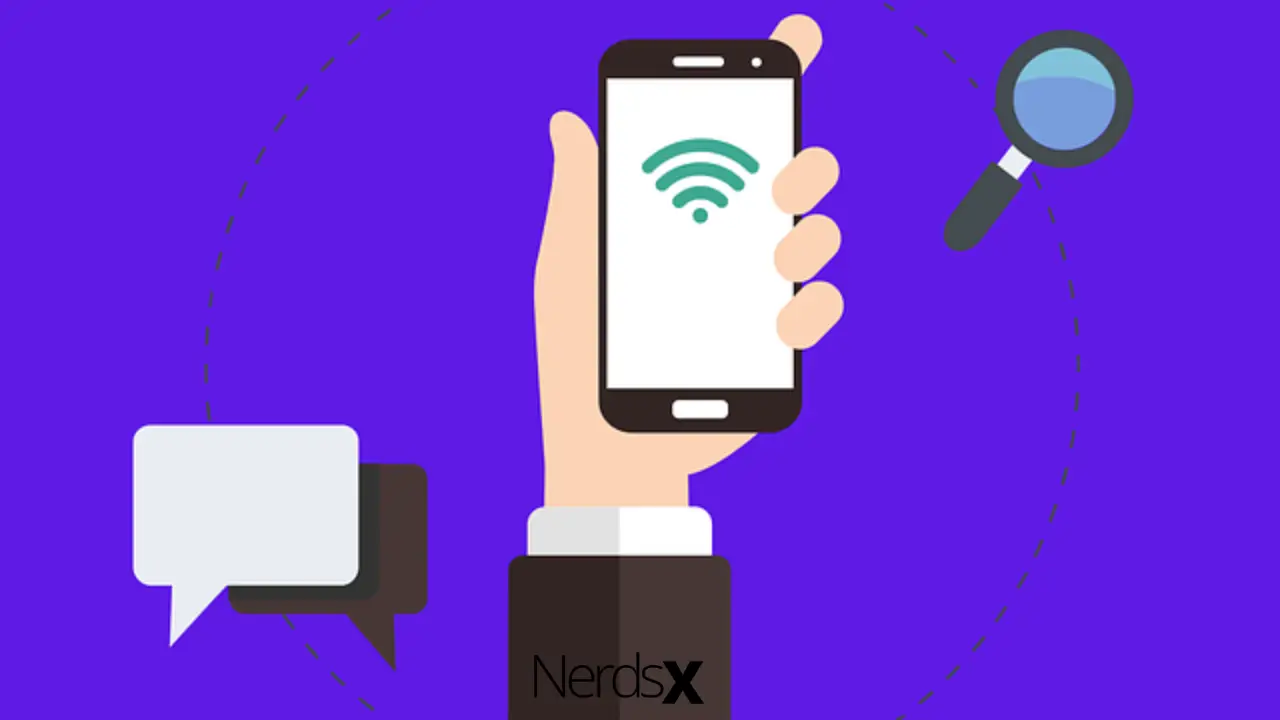Wi-Fi boasts widespread popularity as it is virtually everywhere. When talking about networking technologies, Wi-Fi takes center stage as it fulfills most people’s needs. But are there quality Wi-Fi alternatives for your home and internet of things?
Despite the popularity of Wi-Fi connectivity, other effective methods can connect your home devices to the internet.�?
Read through this page to understand these alternative methods that can substitute Wi-Fi connectivity. It is essential to understand that Wi-Fi and the internet are intertwined but don’t mean the same thing. So, what does the term Wi-Fi mean? Wi-Fi means wireless connectivity via Wi-Fi (IEEE 802.11) standard, but not the internet itself.
What Are The Best Alternatives To Wi-Fi Connectivity?
Depending on the intended purpose, there are some worthy alternatives to consider when networking your home or the IoT. Alternative methods include Powerline Networking, 4G/5G LTE Cellular, Bluetooth, MoCA Networking, and Ethernet.
Let’s explore the methods. But we’ll break them into two segments. This page will delve into the alternative ways to substitute Wi-Fi connectivity at home or the internet of things connectivity.�?
Wi-Fi Alternatives For Home Network
1. Powerline Networking
Did you know that your electrical wiring can as well carry data? Powerline networking is an ideal Wi-Fi alternative when you crave to use Ethernet, but you want to avoid numerous running cables.
To set up your existing electrical wiring to carry data is a straightforward process. Here is how:
1. First, purchase a powerline networking kit. The kit consists of a pair of powerline adapters.
2. Plug the adapters into a standard wall outlet.
3. Connect your devices to the powerline using an Ethernet cable, and you are sorted.
Powerline is beneficial since it exhibits a high level of stability. Its latency is similar to Ethernet connectivity, making it more dependable than Wi-Fi.
Ensure that both outlets are connected to the same panel to enhance the powerline networking’s efficiency. Performance is optimal when the outlets are on the same circuit.

Are There Scenarios Where Powerline Networking Can’t Work?
Powerline networking can’t work effectively if your wiring system is older and might have corroded. If your home is old, a powerline might not be the best choice. Nonetheless, it still works better than Wi-Fi, where latency is vital than connectivity speed.
Due to the influx of sub-standard powerline kits in the market, it could be wise if you chose a renowned brand like Netgear or TP-Link powerline adapters from Amazon stores. Generic adapters offer poor performance and might malfunction within a short period.
2. Ethernet
The convenience of Wi-Fi has pushed Ethernet out of the end-user spotlight, but Ethernet has its say in the networking world. You might not use Ethernet on your mobile devices, but it is still a powerful and valuable networking technology, more so on stationery devices.
Devices that work well with Ethernet include smart TVs, computers, streaming boxes, and game consoles. If you crave better performance and a stable bandwidth while performing intensive tasks, then Ethernet is a worthwhile companion.
When using Ethernet, latency (ping) is much more stable than Wi-Fi connectivity. The downloading speed of Ethernet networking is also close to 4 times compared to Wi-Fi downloading speed. For instance, when Wi-Fi downloading speed is 214Mbps, Ethernet can download at an incredible speed of 871Mbps.
One aspect that makes Ethernet the king of networking is its ability to enhance Wi-Fi’s performance. You can use Ethernet to hardwire all stationery devices, leaving Wi-Fi’s bandwidth free for other mobile devices.
Ethernet can also extend the wireless network by adding a wireless access point.
3. MoCA Networking
MoCA networking makes use of TV coaxial cables to carry network data. The advantage is, you can use the coaxial cables already running through the wall to substitute Ethernet cables.
Connecting your devices via MoCA networking is a more straightforward process for beginners.
Unlike Powerline networking that uses electrical wiring, MoCA networking uses coaxial cables designed to carry signals. Due to the cable’s design, performance is optimal than powerline networking. Cases of MoCA not working optimally are minimal as compared to powerline networking.
MoCA networking is an ideal alternative to Wi-Fi Connectivity if your home is equipped with coaxial cable outlets and you enjoy gaming and streaming.
Tip: When purchasing a MoCA networking kit, ensure you acquire it from a store with a long-term return policy. Test it for some time to ascertain its suitability. If it works well, keep it, but return it for a refund if it doesn’t perform to expectations.
4. Bluetooth
While most people use Bluetooth for audio, it is also a powerful method to transfer data. You can use the Bluetooth device to transfer pictures or even share your cellular data with the laptop.
Most smartphones provide you with an opportunity to tether over Bluetooth and share the phone’s networking data. One drawback to tethering over Bluetooth is that it drains the phone’s battery faster.
Tethering over Bluetooth might be slower as it provides a maximum internet speed of 25Mbps, slower than Wi-Fi tethering. However, you must note that 25Mbps is faster for some applications, and it could be faster than most cellular data connections.
Suppose you have difficulty connecting via Wi-Fi because of signal interruptions; Bluetooth will save the day and enable you to carry out your task effectively.
Note: Besides Bluetooth serving as a Wi-Fi alternative for home networking, it can also serve as an alternative it the internet of things (IoT) connectivity.
5. 4G/5G LTE Cellular Networking
4G/5G LITE cellular is an ideal Wi-Fi alternative to mobile devices that require internet connectivity and no such resources are available. If you spend a good junk of your time out of home and you need your mobile device to be connected to the internet all the time, then a Cellular network is your suitable choice.
4G LITE comes with speeds up to 100Mbps and download speeds ranging from 10Mbps to 45Mbps. The upload speed maxes out at 25Mbps or less, but this speed is superior to DSL internet connections. However, the speed is inferior to fiber or cable-based internet connectivity.�?
On the other hand, 5G LITE promises a higher bandwidth and boasts download speeds ranging from 40Mbps to 1GBps. These speeds make 5G LITE compete with fiber and cable networks. Nonetheless, it is outsmarted when it comes to stability.
Wi-Fi Alternatives For Internet Of Things (IoT) Connectivity
�?The internet of things is a seamless network that works on its own. The internet of things technology plays a vital role in transforming Business to Business (B2B) with sensors and tracking devices.
The emergence of Alexia and Google Nests has proven how it can be simple to connect one’s devices for seamless coordination.
Even though Wi-Fi connectivity is the ideal choice in IoT, other options exist that can come in as an alternative when needed.
Here are Wi-Fi alternatives that connect IoT in a way that meets the requirements of your business:
1. Cellular Connectivity
Cellular connectivity (also known as satellite connectivity) is the best Wi-Fi alternative that connects internet of things devices more so M2M (machine-to-machine) connectivity. Cellular connectivity transmits data via broadcast towers, and if you are within the tower’s range (1o to 15 miles), your connection is sorted.
Below are some features that endear cellular networks to IoT connectivity:
1. Easy Usage: connecting with the cellular network is straightforward as you only require an eSIM or ordinary SIM card to connect.
2. Comprehensive Coverage: the cellular network has a wide range of coverage as long as you are within the broadcast tower’s range.
3. Reliability: cellular offers reliable internet of things connectivity as it’s rarely interrupted like Wi-Fi. It is also available almost everywhere.
2. LPWAN (Low Power Wide Area Network)
The LPWAN might be a new contender in IoT connectivity, but it provides exceptional service while maintaining low power consumption.
This Wi-Fi alternative is ideal for users who don’t need high bandwidth. The system works with small data chunks but is cost-effective.
We have different LPWAN meant for various purposes. The types are LTE-M (designed to consume less power), NB-IoT (Narrowband Internet of things), and LoRa.
3. Zigbee
Zigbee is an alternative to Wi-Fi that connects devices or sensors to function seamlessly using a mesh network structure. Thanks to the mesh network, internet of things devices in your system can efficiently distribute information and signals across the network.
This method has a low coverage range, but it can connect a maximum of 65,000 devices in its mesh network, often supported by the internet of things, such as Amazon Echo.
4. Z-Wave
Z-wave is a Wi-Fi IoT alternative that runs on radio frequency connections. Though the Z-wave can substitute Wi-Fi, it is prone to interruptions as it runs through a central hub.
It would be best to consider that Z-Wave is dependable than Zigbee, but it supports fewer devices. The 908MHz band enhances its coverage range.
Bottom Line
Wi-Fi connectivity has gained popularity and is the most used and reliable mode of internet connectivity. However, when push comes to shove, other methods such as cellular network, Ethernet, Bluetooth, Z-wave, and many more can easily accomplish the task.
Some alternative methods have advantages and disadvantages, but they still execute the task effectively.

